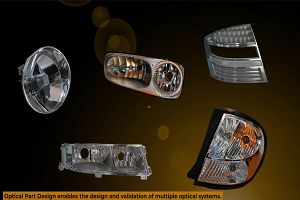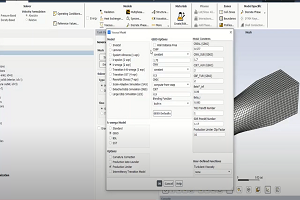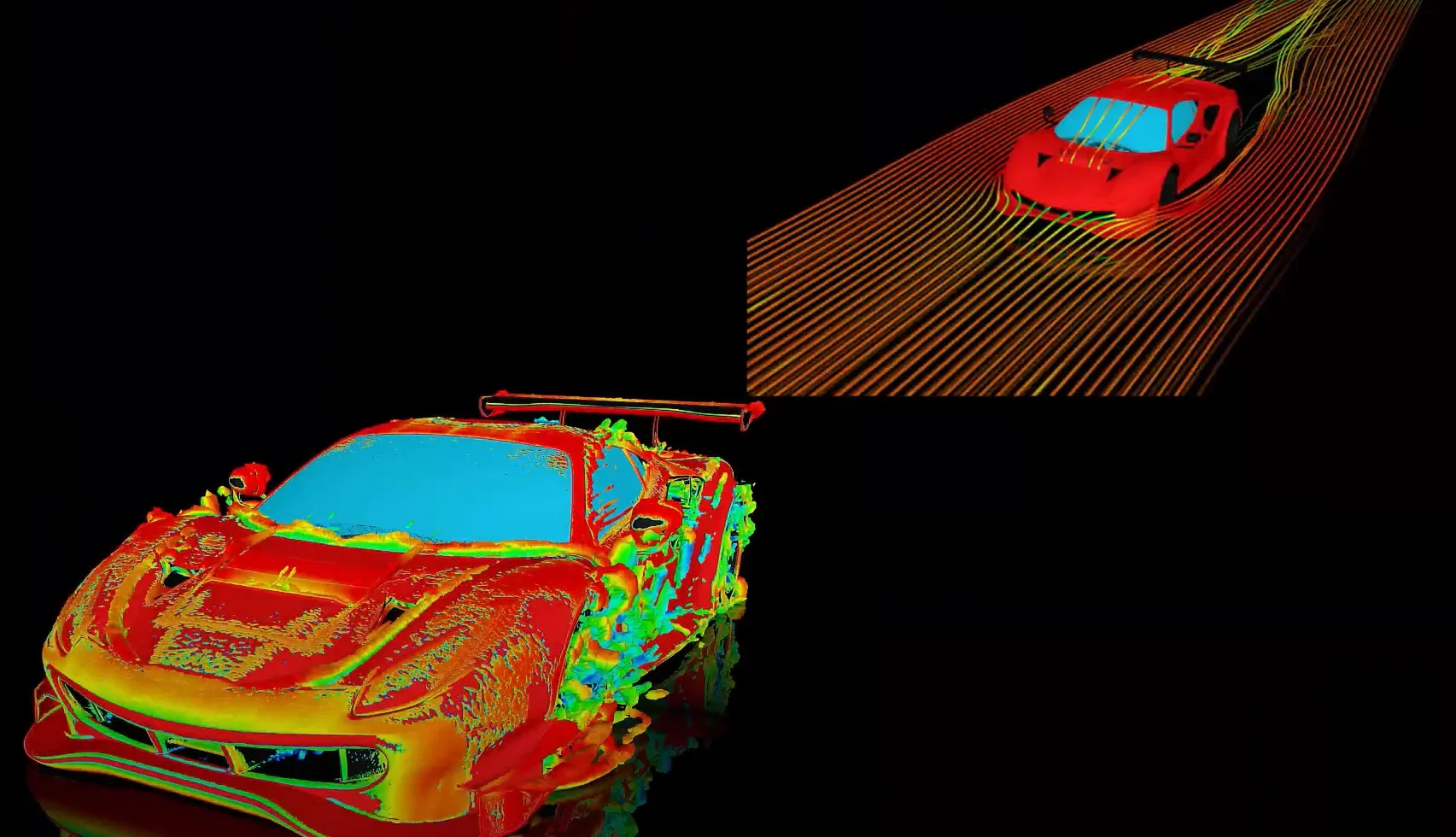Tagged: Adaption, ansys-fluent, HexCore
-
-
June 6, 2022 at 10:32 am
 FAQParticipant
FAQParticipantWhen carrying out calculations such as aerodynamic analysis, etc., the more meshes there are, the more time it takes to calculate and thus increasing the computation costs. By using HexCore, you can reduce the number of meshes. Use Tet Mesh or boundary layer mesh within the vicinity of the analysis target, and use hexahedral cells in the other areas.
1. Go to Mesh > HexCore
2. Select Keep Outer Domain
3. Select Grow Upto Boundaries and click Boundaries…
4. Select the boundaries of the outer frame, excluding the object to be analyzed, from the Outer Box Zones field (e.g. inlet, outlet, ground boundary, etc.).
Click Apply, then Close.
5. Select Delete Dead Zones from the Zones field in the HexCore panel
6. If Buffer Layers and Peel Layers are set to 2, good quality volume meshes can be generated
7. Decide the Max Cell Length, then click Create If you have already created a boundary layer mesh for the analysis target, create a domain from Mesh > Domains, before doing this work.
-


Introducing Ansys Electronics Desktop on Ansys Cloud
The Watch & Learn video article provides an overview of cloud computing from Electronics Desktop and details the product licenses and subscriptions to ANSYS Cloud Service that are...

How to Create a Reflector for a Center High-Mounted Stop Lamp (CHMSL)
This video article demonstrates how to create a reflector for a center high-mounted stop lamp. Optical Part design in Ansys SPEOS enables the design and validation of multiple...

Introducing the GEKO Turbulence Model in Ansys Fluent
The GEKO (GEneralized K-Omega) turbulence model offers a flexible, robust, general-purpose approach to RANS turbulence modeling. Introducing 2 videos: Part 1 provides background information on the model and a...

Postprocessing on Ansys EnSight
This video demonstrates exporting data from Fluent in EnSight Case Gold format, and it reviews the basic postprocessing capabilities of EnSight.

- How to reverse surface normal in SpaceClaim?
- How to Change the Direction of the Normal Vector of the Internal Face?
- ANSYS Workbench: Decomposition and Hex Meshing – Part I
- Create Sections in Meshing
- ANSYS ICEM CFD: Basic Blocking
- Tip on exporting geometry in Parasolid, STEP format from DesignModeler
- How can I create a 2D section from a 3D model in SpaceClaim ?
- How do you turn a rectangular surface mesh into a triangular surface mesh?
- What is meaning of message: One or more objects may have lost some scoping attachments during the geometry update.
- What is the difference between patch dependent meshing and patch independent meshing?

© 2025 Copyright ANSYS, Inc. All rights reserved.

